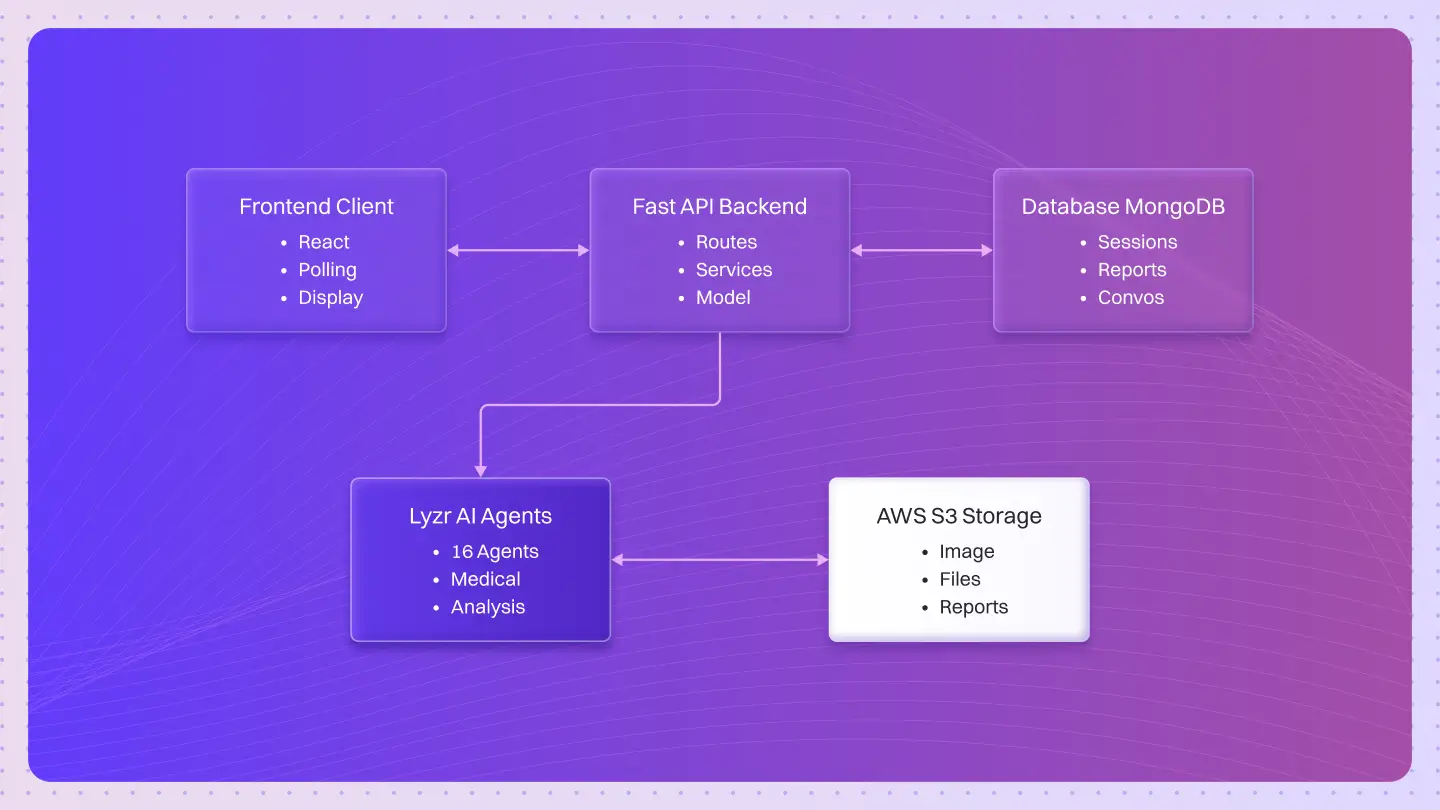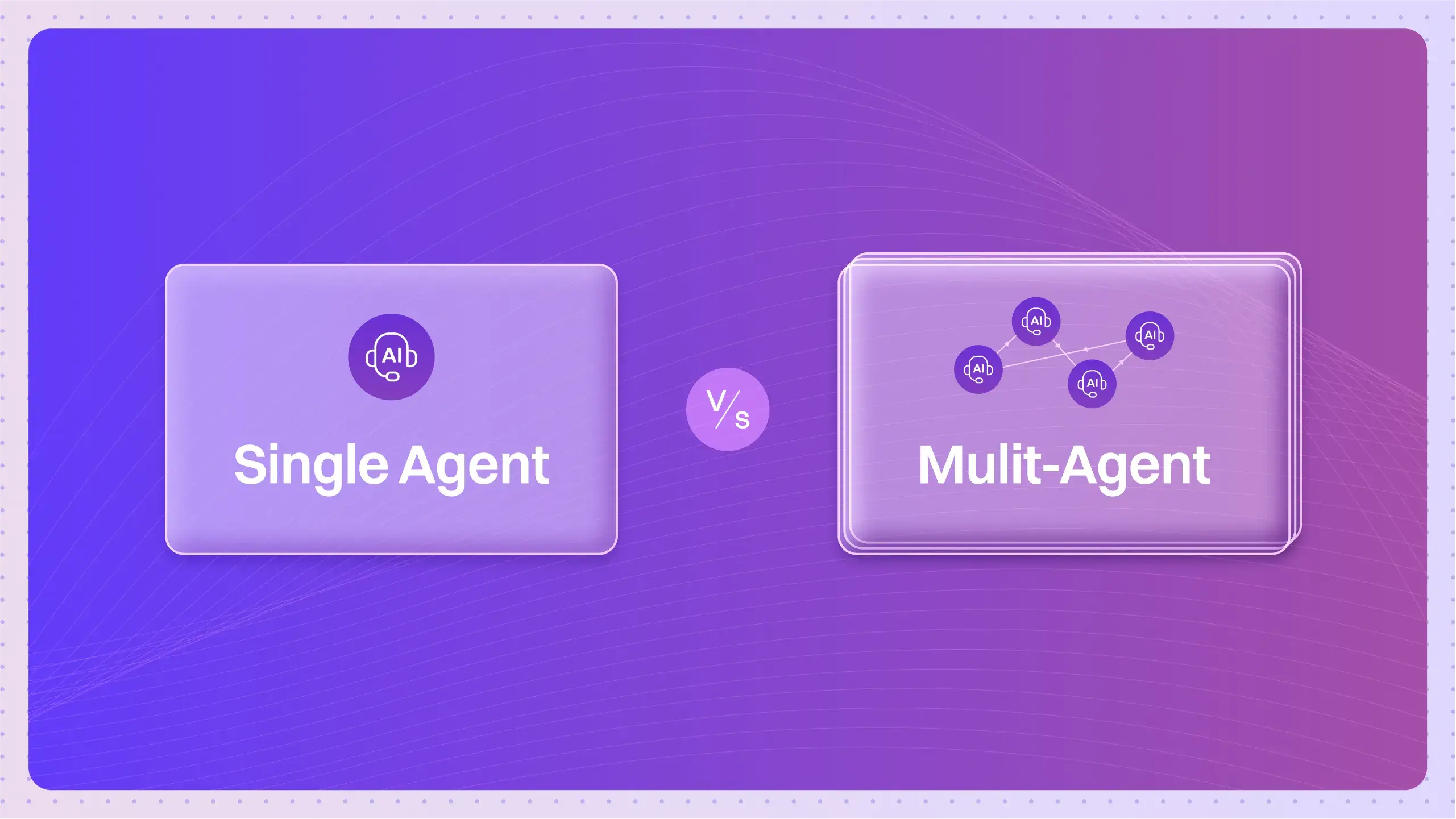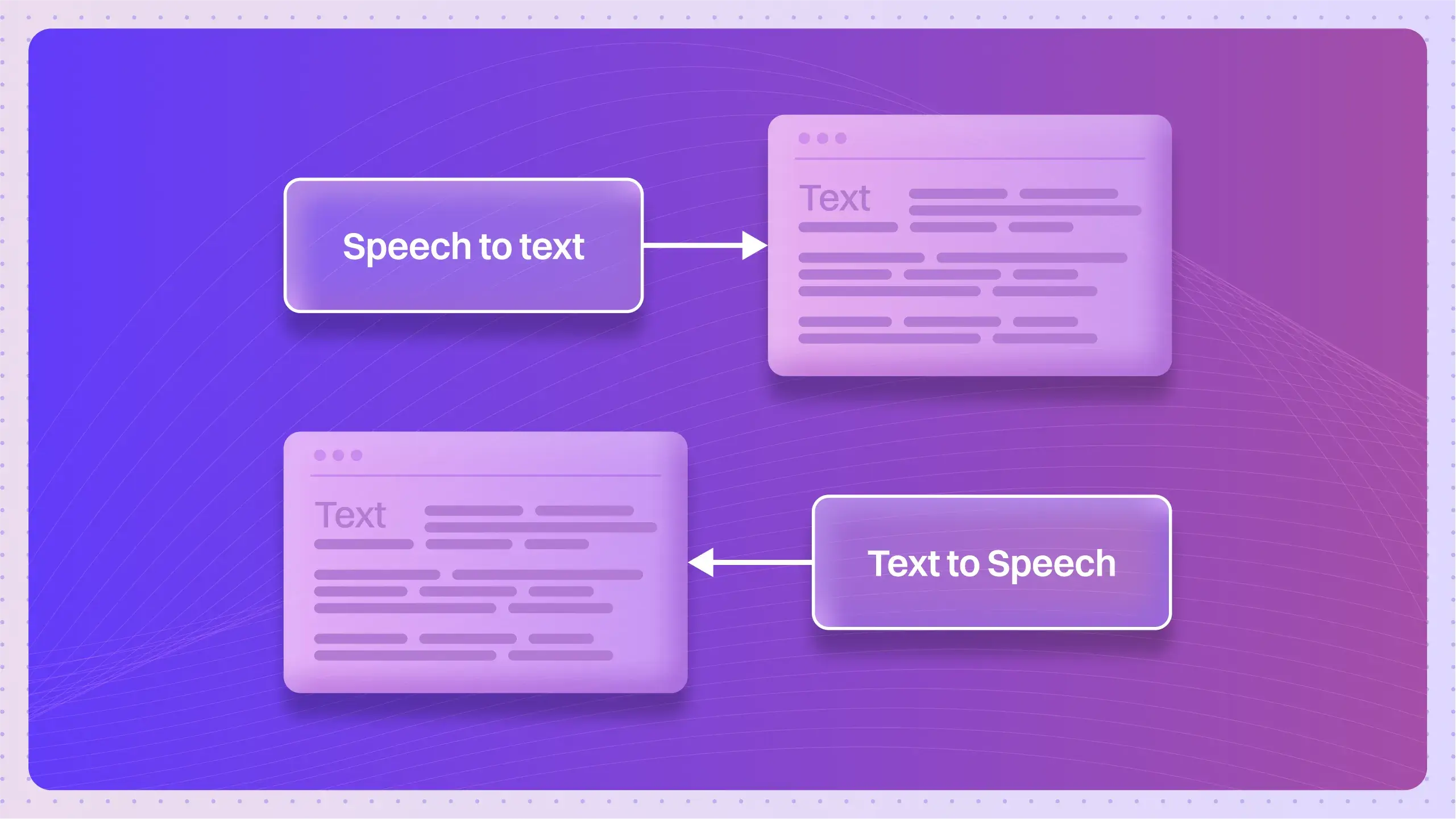What is ‘Digital Twin’?
A Digital Twin is a virtual model that accurately represents a physical object or system, allowing for real-time simulation and analysis. This technology is used to create precise replicas for monitoring, optimizing performance, and predicting outcomes in various industries.
How does the Digital Twin concept operate or function?
The Digital Twin technology operates by creating a virtual representation of a physical object or system, enabling real-time simulation and analysis. This innovative approach allows for the monitoring, analysis, and optimization of performance through accurate data replication. Here are the key functionalities of Digital Twin technology:
- Real-Time Data Integration: Digital Twins utilize IoT sensors to collect and analyze data from the physical entity, ensuring continuous updates to the virtual model.
- Simulation and Modeling: They allow for testing various scenarios and conditions in the virtual space, helping to predict outcomes without risking the physical asset.
- Predictive Maintenance: By analyzing the data, Digital Twins can forecast potential failures and recommend maintenance schedules, enhancing operational efficiency.
- Performance Optimization: They provide insights into the system’s performance, enabling adjustments that lead to improved productivity and reduced costs.
- Cross-Industry Applications: Digital Twins are widely used in sectors such as manufacturing, healthcare, and urban planning, facilitating innovations and strategic decision-making.
In summary, Digital Twin technology serves as a vital tool for achieving accurate replicas of real-world entities, leading to enhanced decision-making and operational efficiencies across various industries.
Common uses and applications of Digital Twin in real-world scenarios
Digital Twin technology creates virtual models that replicate physical objects, systems, or processes in real-time. This innovative approach allows for dynamic simulations and analyses that enhance operational efficiency and decision-making across various industries. Here are some key applications of Digital Twin technology:
- Manufacturing: Digital twins optimize production processes by simulating workflows and identifying bottlenecks.
- Healthcare: They enable personalized medicine through real-time monitoring of patients’ health data.
- Smart Cities: Digital twins help in urban planning by simulating traffic patterns and resource allocation.
- Aerospace: They are used for predictive maintenance of aircraft, reducing downtime and improving safety.
- Energy: Digital twins optimize energy consumption and enhance the management of renewable resources.
What are the advantages of using Digital Twin technology?
Digital Twin technology offers significant advantages in various industries by creating virtual models for real-time simulation and analysis. Here are the key benefits of implementing Digital Twin:
- Enhanced Decision-Making: Provides insights that facilitate informed decisions.
- Cost Efficiency: Reduces operational costs by optimizing processes.
- Improved Performance: Enables real-time monitoring and performance analysis.
- Predictive Maintenance: Anticipates failures before they occur, minimizing downtime.
- Accelerated Innovation: Allows rapid prototyping and testing of new ideas.
- Better Customer Experience: Tailors services and products to meet customer needs.
- Cross-Industry Applications: Applicable in manufacturing, healthcare, smart cities, and more.
By leveraging Digital Twin technology, organizations can improve efficiency, reduce costs, and enhance overall performance across various sectors.
Are there any drawbacks or limitations associated with Digital Twin?
While Digital Twin technology offers many benefits, it also has limitations such as:
- High Initial Setup Costs: Creating a digital twin can require significant investment in software, hardware, and data integration.
- Data Dependency: The accuracy of the digital twin relies heavily on the quality and quantity of data available.
- Complexity of Implementation: Integrating digital twins into existing systems can be complex and time-consuming.
These challenges can impact the overall effectiveness and return on investment for organizations adopting this technology.
Can you provide real-life examples of Digital Twin in action?
For example, General Electric (GE) utilizes Digital Twin technology in their jet engines to simulate real-time performance. By creating a virtual model of each engine, GE can predict maintenance needs and optimize performance. This demonstrates how Digital Twin technology can lead to improved operational efficiency and reduced downtime.
How does Digital Twin compare to similar concepts or technologies?
Compared to traditional modeling techniques, Digital Twin differs in its ability to provide real-time data and simulations. While traditional models focus on historical data analysis, Digital Twin offers a dynamic and continuous view of an asset’s performance, allowing for timely interventions and better decision-making.
What are the expected future trends for Digital Twin?
In the future, Digital Twin technology is expected to evolve by integrating artificial intelligence and machine learning capabilities. These changes could lead to more autonomous systems, predictive maintenance, and enhanced decision-making processes across various industries.
What are the best practices for using Digital Twin effectively?
To use Digital Twin effectively, it is recommended to:
- Invest in Quality Data: Ensure that the data feeding into the digital twin is accurate and comprehensive.
- Define Clear Objectives: Establish specific goals for what you want to achieve with your digital twin.
- Regularly Update Models: Keep your digital twin updated with the latest data and performance metrics.
Following these guidelines ensures improved insights and better long-term results.
Are there detailed case studies demonstrating the successful implementation of Digital Twin?
One notable case study is that of Siemens, which implemented Digital Twin technology in its manufacturing processes. By creating virtual replicas of their production lines, Siemens was able to identify bottlenecks and optimize workflows. As a result, they achieved a 15% reduction in production time and improved product quality.
What related terms are important to understand along with Digital Twin?
Related Terms: Related terms include:
- Internet of Things (IoT): This term relates to the connectivity of devices and the data they generate, which is crucial for feeding into digital twins.
- Simulation: This is the process of creating a model to analyze performance, which is a core function of digital twins.
Understanding these terms is essential for grasping the complete concept of Digital Twin technology.
What are the step-by-step instructions for implementing Digital Twin?
To implement Digital Twin, follow these steps:
- Identify the Asset: Choose the physical asset you want to model digitally.
- Gather Data: Collect relevant data from sensors and existing systems.
- Create the Model: Develop a digital representation of the asset using appropriate software.
- Integrate Real-Time Data: Connect the model to live data sources for real-time simulations.
- Analyze and Optimize: Use the digital twin for analysis and to identify areas for improvement.
These steps ensure a structured approach to implementing Digital Twin technology.
Frequently Asked Questions
Q: What is a digital twin?
A: A digital twin is a virtual model of a physical object or system that allows for real-time simulation and analysis.
1: It provides insights into the performance and behavior of the actual object,
2: It helps in predictive maintenance and operational optimization.
Q: How are digital twins created?
A: Digital twins are created using data from sensors and other sources to build an accurate virtual representation.
1: Data is collected from the physical object or system,
2: This data is then analyzed to create the virtual model.
Q: What are the benefits of using digital twins?
A: Digital twins provide several advantages for organizations.
1: They allow for real-time monitoring and analysis of performance,
2: They enable predictive maintenance, reducing downtime and costs.
Q: In which industries can digital twins be applied?
A: Digital twins have applications across various industries.
1: They are used in manufacturing for monitoring production processes,
2: They are also utilized in healthcare for patient monitoring and personalized treatment.
Q: Can digital twins help in decision making?
A: Yes, digital twins can support better decision-making processes.
1: They provide data-driven insights,
2: This allows managers to make informed choices based on real-time data.
Q: What role do digital twins play in predictive maintenance?
A: Digital twins are crucial for implementing predictive maintenance strategies.
1: They analyze data to predict when maintenance is needed,
2: This helps to prevent unexpected failures and reduces maintenance costs.
Q: How do digital twins support innovation?
A: Digital twins foster innovation by allowing for testing and simulation of new ideas.
1: They help in experimenting with designs and configurations,
2: This reduces risks associated with physical prototyping.



